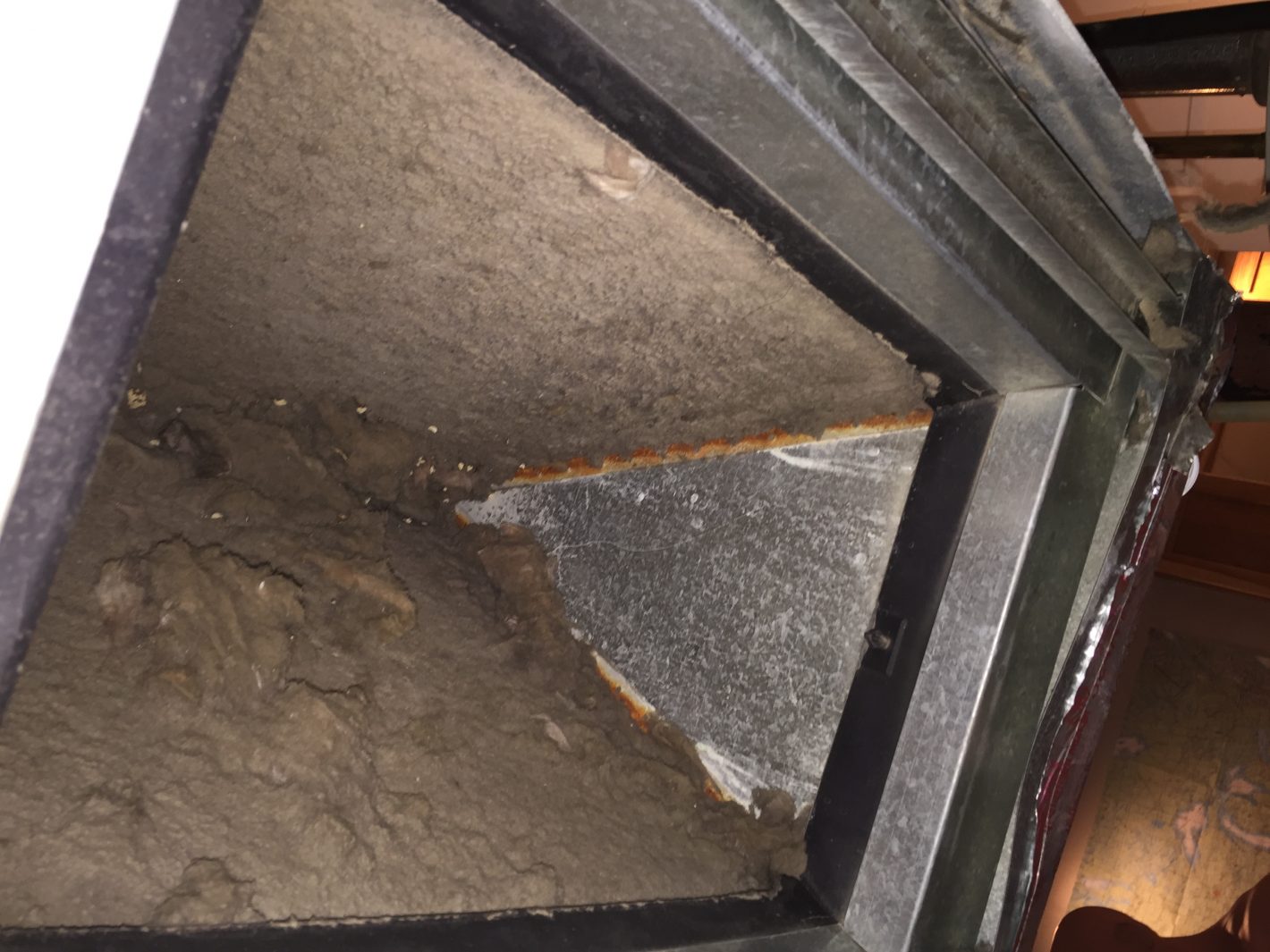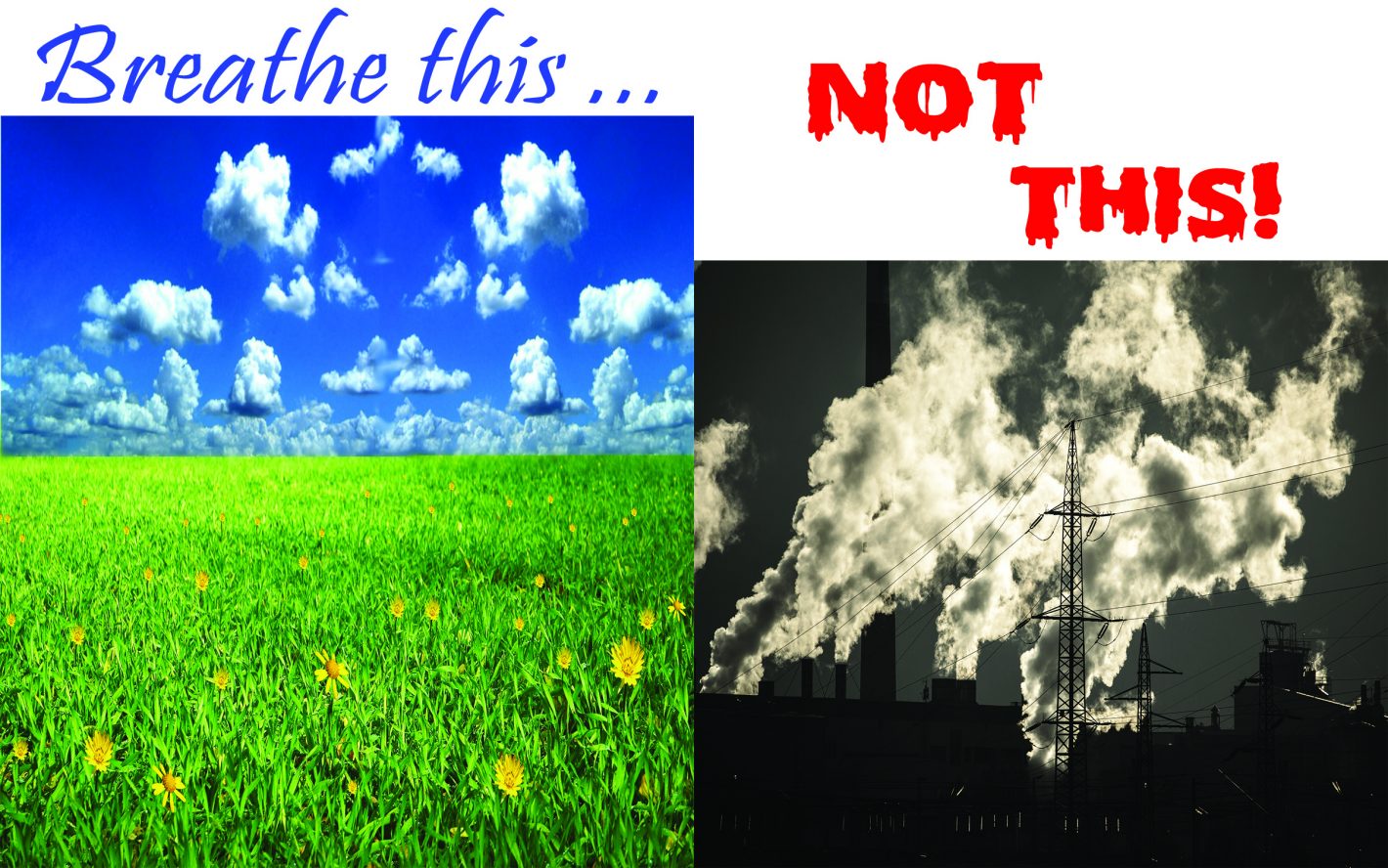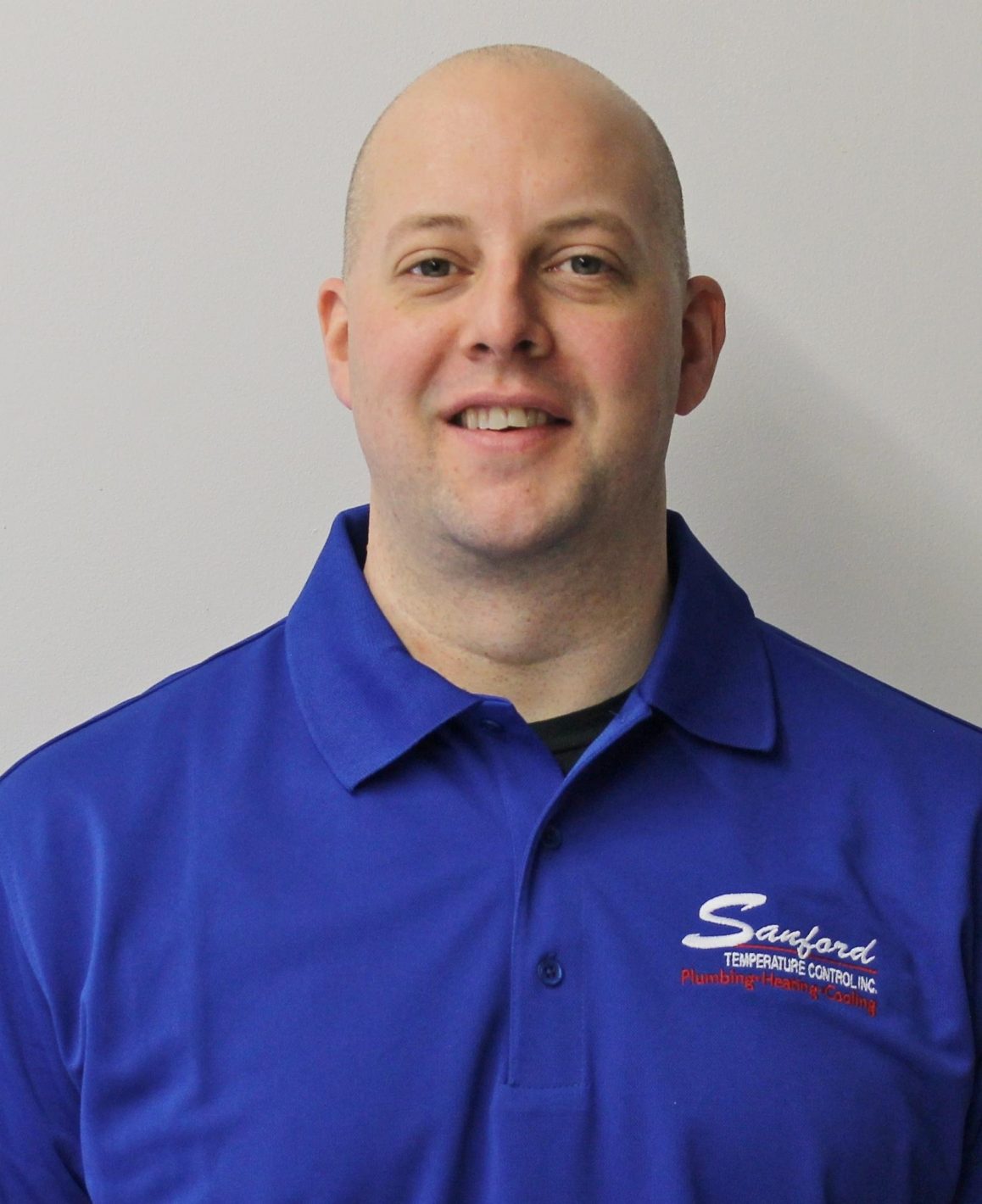Indoor Air Quality and Me: Did My Home Make Me Sick?
Home >
My wife and I moved into our first home last spring, a modest but well-kept place with a big backyard for the kids. It was perfect for us, but when fall came and the weather got cold, it seemed a like sniffle or a cough was always circulating through the family. We have two little girls, and people told us it was common.
“Kids are germ factories,” they said.
Tell me something I don’t know. Kids touch everything, and a lot of those “things” make their way into their mouths, which then sneeze, kiss, and drool over whatever they can. Usually us. Awesome.
I put it out of my mind for a while, but by winter, the coughs and colds had become constant, and I was getting worried. Like most people, we keep an arsenal of tissues and cold medicines in the cabinet. We stayed home more often as well, keeping the kids away from other kids and elderly relatives, for their benefit and for ours.
Things took a turn for the worst in early January when our baby became very ill. It happened fast. When I put her in the crib one night, she had a bit of a barky sound in her throat. Nothing major. By 1 a.m. it sounded like she was breathing through a kazoo, and as a parent, I can tell you it was one of the scariest sounds I’ve ever heard.
Over the next few hours she got worse; she was inconsolable, and her breathing was getting louder and raspier by the hour. She wouldn’t nurse, and she wouldn’t drink. By 4 a.m. we were calling the emergency line to our pediatrician.
It was around this time that I started working for Sanford Temperature Control, the premiere heating, cooling, and indoor air quality (IAQ) company in Southern New Hampshire. As I was learning the business and the market, I came across a few disturbing facts published in studies from the Environmental Protection Agency (EPA).
EPA Fact #1: Indoor air is typically 2-5 times dirtier than outdoor air.
EPA Fact #2: Most people spend 60%-90% of their time indoors.
EPA Fact #3: Children breathe in 50% more air per pound than adults.
These facts really got me thinking, and I started connecting the dots. My wife and I aren’t the dirtiest people in the world, but we’re probably not the cleanest either. I’d say we’re about average, and that was exactly the problem. Once I started looking, I noticed dust and an unpleasant odor around our HVAC system, which is located in the basement, cat hair under cribs and bureaus, dust above doorways and on pictures, and particulates in corners hidden by furniture.
That’s when it hit me. I’m a “windows open” kind of guy, but just like everyone else in New England, I’d closed them when it got too cold . . . and unwittingly trapped all the dust, grime, mold, and pollen inside our new home. Many modern houses are designed to be energy efficient, so they’re buttoned up tight, which means the bad air inside has nowhere to go. As a result, poor indoor air quality was contributing to our cycle of sicknesses. Maybe our average cleanliness wasn’t good enough after all! In fact, indoor air quality is now one of the Top 5 Environmental Risks to public health, according to the EPA.
My kids were breathing in 50% more air than my wife and I, and our HVAC components had become contaminated with particles of dust, pollen, and other debris. That meant there was an increased possibility of microbiological growth releasing contaminants into our breathing air, which could result in allergic reactions, exacerbated illnesses, or other symptoms. On top of that, smoke and cooking residue, fumes from cleaning products, and chemicals from air fresheners and scented candles were also compromising our indoor air quality (IAQ); chemical products are one of the worst contributors to poor IAQ! In some cases, even chemically-saturated furniture can negatively affect IAQ. We definitely had a problem.
This is the downside of energy efficient homes, if you don’t consider how they affect IAQ. It’s important to note here that older homes are typically more porous but less efficient, and have more gaps in windows, doors, and seals that allow HVAC systems to pull in fresh air and circulate out bad air. Unfortunately, that means they’re also moving conditioned air out of your home, which you’ve paid good money to bring to temperature. Luckily there are simple fixes for these problems such as a properly sealed system and IAQ solutions that allow homeowners to have the the best of both worlds: clean indoor breathing air and energy efficiency, regardless of the age of your home.
Anyway, if this IAQ problem was widespread enough that the EPA is now making it a priority, why hadn’t I heard of it before? I mean, as a parent and a homeowner, IAQ had never even occurred to me until I started working in the HVAC industry. The HVAC system in the condo we’d sold circulated air several times a day, trapping contaminants in its daily cycles. The condo was a studio style—just one big, open room—so it had great airflow and was a world away from our 3-bedroom house with two floors, and I’m sorry to say, very little air flow.
Now, as I mentioned earlier, I think our cleanliness ranks about average, so let’s take a look at what “average” can really mean.

The dirty air filter on the left was installed on a Friday, and luckily Sanford performed the Aeroseal duct sealing on the following Monday, because you can see how dirty that filter got in just three days when compared to the brand new one on the right.
This home wasn’t particularly dirty to the casual observer, so why did it get soiled so quickly?
“Returns in wall cavities act as duct work and pull air from within walls, which are connected to the basement, attic, spaces between floors, and basically the dirtiest parts of the house,” says Nate Davis, Install Coordinator for Sanford Temperature Control [pictured above].
Since even brand new duct work leaks between 25% to 40% according to the US Department of Energy, it means that all those leaks suck in dust mites, mold, mildew, dust, pollen, animal dander, and a host of other unpleasant things. These contaminants can then be circulated through the central air systems in your home and into your breathing air, aggravating respiratory problems such as asthma, allergies, and illnesses.
Note: You can eliminate up to 99% of conditioned air leakage in duct work (forced air) through a process called Aeroseal.
But that filter is an extreme case, right?
Unfortunately, it’s not. Take a look at the photo below, taken by our Comfort Specialist, Stephen Bruce.
That’s an evaporator coil we replaced for a homeowner. You can see all the buildup that’s clogged the coil, which is pulling indoor breathing air through layers of filth before cycling it into the home.

The evaporator coil rests on top of the furnace, cooling the air and removing humidity, which makes you feel cooler and more comfortable when in AC operation.

Basically, the evaporator coil pictured above had become a breeding ground for bacteria, viruses and germs. It presented not only a hygiene issue, but also a cost-savings issue.
“Dirt from your home enters your duct work, flows through your furnace and gets stuck onto your evaporator coil, making it run extremely inefficiently,” says Sanford’s Comfort Specialist, Stephen Bruce.
Just like a dirty air filter in your car that costs you money by degrading its gas mileage, so does a dirty HVAC system cost you money by struggling to keep up with heating and cooling demands. As a result, systems cycle on too often, suffer from decreased cooling capacity, and contaminate indoor air.
Would you breathe through your car’s dirty air filter?
Homeowners should know that many furnaces have evaporator coils already built in because it makes the potential upgrade to an AC system much easier and more cost effective down the road. Many new homes, especially in developments, also have furnaces with evaporator coils so that developers can sell new homes as “AC Ready.”
These are just two examples of the build-up of filth we often find in HVAC systems that haven’t been cleaned or maintained properly. Indoor air quality (IAQ) is something homeowners ought to take seriously, especially if there are kids, retirees, or the elderly present, since they tend to spend a large part of their time indoors, and are at a higher risk of suffering the consequences of poor IAQ. Remember those EPA facts!
It’s also important to know that IAQ is usually worst in the summer and winter, when homes are sealed up to conserve heat or air conditioning.
Sanford Temperature Control offers a full line of indoor air quality solutions, such as air purifiers, humidifiers/dehumidifiers, UV Lights, duct cleaning, and Aeroseal duct sealing, just to name a few.
Any of these solutions will help you breathe easier, and save money as well, in the form of decreased operational costs and extended equipment life.

P.S. Our doctor was great, and since we acted fast and caught it before it could develop into something worse, our baby bounced back; it ended up being croup. Once we started breathing clean, purified air, our sicknesses plummeted well before the end of cold and flu season. You can bet I’ll be taking IAQ very seriously from now on.

Adrian W.
Marketing Manager
CONTACT US TODAY



As Seen & Heard On







Reach Out to Our Team for More Details
Feel free to call Sanford Temperature Control or fill out the online form for more information. You may also get in touch with our team to schedule an appointment. We look forward to hearing from you.

